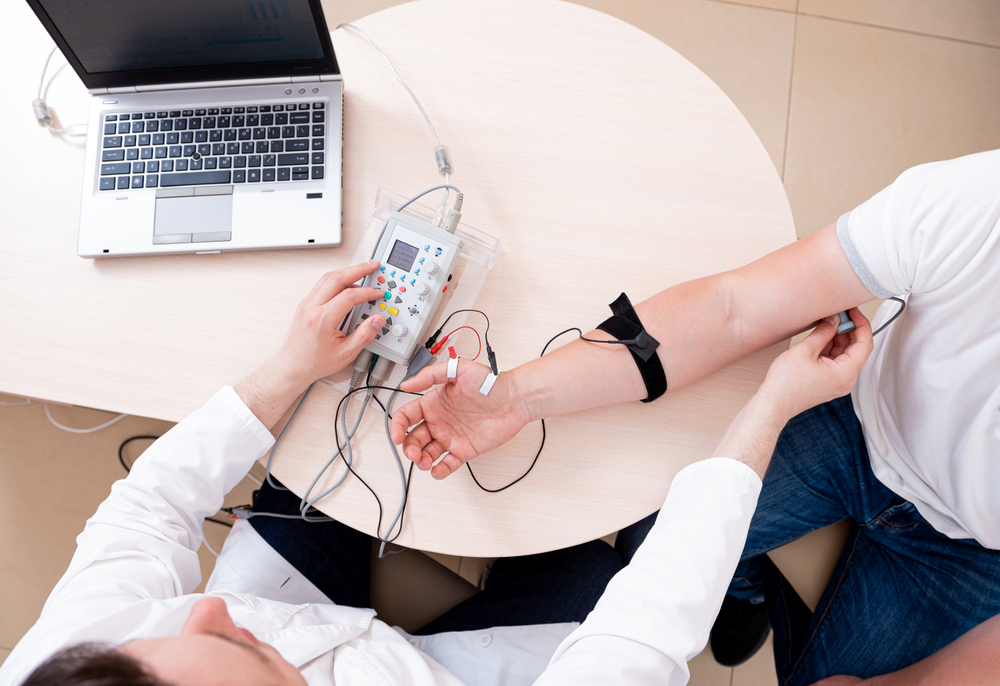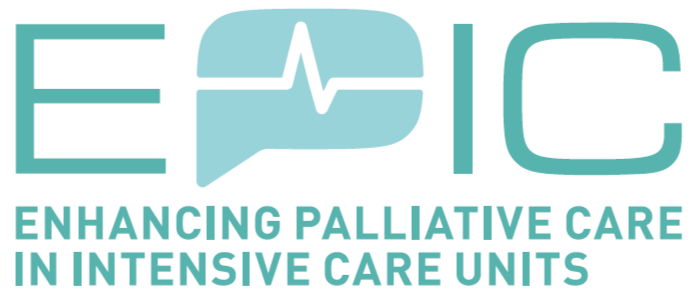ESAIC News
Newsletter March 2024: Expanding Horizons: My Journey at Hospital del Mar
Almost three years of waiting for a three-month internship – worth it! The pandemic and long-winded administration process in the Spanish Ministry of Health made me almost lose hope in attending the traineeship the ESAIC TEP committee granted me in 2020/21. But it all worked out at the last minute, and I got to go to “Hospital del Mar” in Barcelona to work in the Anaesthesiology department. On my arrival, they all asked me what I was coming for and what I was most interested in learning. I was so curious about every subspecialty that I didn’t want to name only one. My mentor, Jesús, put a lot of time and effort into creating a rotation schedule for me where I would be able to work with several specialists in every area. And I should be amazed at how much I learned from every one of them. Since I had just completed my training in Germany, I expected to be comfortable with Anaesthesiology’s main procedures and processes. Still, on my first day, I felt like a first-year resident again: Everything (ventilators, masks, tubes, glide scopes, syringe pumps, drug selection, ..) was different from what I had known and worked with before. In Germany, I used to work with a nurse specialised in Anaesthesiology; in Spain, there are some of them, but mostly, as an Anaesthesiologist, you work with OR assistance staff. They also have broad knowledge concerning surgical topics but are not specialised in Anaesthesiology. I liked how we would all work together as a medical team caring for the patient, but I also missed the specialised team setup I knew from back home, especially in more delicate situations. Nevertheless, it was a perfect way to improve my crew resource management in new circumstances. Whereas in Germany, I was used to working individually and being supervised by some experienced specialists, the residents at “Hospital del Mar” are educated one by one. This model of training allows very individual teaching and assistance. It creates a safe space for the resident to ask about doubts, make mistakes and learn individually from a role model while focusing on personal abilities and deficits. Especially for young residents, this seems to be a well-guided and safe way to start their careers. As mentioned, instead of long-term personal one-on-one teaching, I was used to working according to standard operating procedures (SOP) and being supervised by a more experienced colleague in my home clinic. At first, I missed these trusted guidelines, but in some cases, they also seemed to be rigid protocols that did not fit the needs and did not provide the best option for more complex patients. During my stay, I learned that the lack of relatively strict protocols can lead to a more liberal but also more individualised anaesthesia. My Spanish colleagues taught me to screen more accurately for a patient’s needs and helped me individualise pre-, intra- and postoperative care. Especially concerning analgesia, they showed me how to optimise the patient’s comfort, using “multimodal” intravenous analgesia in general surgery and employing perineural procedures in trauma patients. I had no experience using ketamine, dexmedetomidine, lidocaine and magnesium sulfate as a “multimodal anaesthesia”, nor did I perform erector spine or lumbar paravertebral blocks before. Under very supportive guidance, I learned these procedures and, in the end, could perform them independently. I want to introduce these abilities in my daily practice and promote them as an additional option in analgesic therapy in my home clinic. I have worked in a postoperative intermediate care unit for the last few weeks. Though the cases were similar to what I know from Germany, some working principles still differ. Whereas as a resident in Germany, depending on my shift, I was used to either conceptually conducting or performing practical interventions on a ward with around 10 to 12 patients, at “Hospital del Mar”, a resident would work closely together with a supervisor taking care of only a few patients, conceptually and interventionally. This allows us to look deeper into complex patient histories, learn in detail about pathologies and apply adequate therapy concepts. In daily (inter-)professional reunions, every case is presented and evaluated within the team. I enjoyed our vivid discussions, always supporting one another by giving advice and offering assistance. I profited a lot from the knowledge and experience I got to share, and I plan to keep this philosophy of teamwork, especially taking care of complex and critical patients. After such a long time of uncertainty, I am so happy and thankful that I got the great opportunity to learn from the awesome team of anaesthesiologists at “Hospital del Mar” in Barcelona. From the first day, I was welcomed as part of the team and invited to participate actively in every field. I don’t take this for granted. I want to thank my mentor, Jesús Carazo, who made this traineeship a very educational part of my career, shaping my future and an awesome personal experience. I also thank the ESAIC committee for supporting me even years after my initial application. I hope this programme will offer many more young anaesthesiologists the opportunity to widen their horizon and improve the professional exchange of knowledge and experience to improve our patient’s care.
Author
- Kristine Nolting (MD) – HOSPITAL DEL MAR 2023









